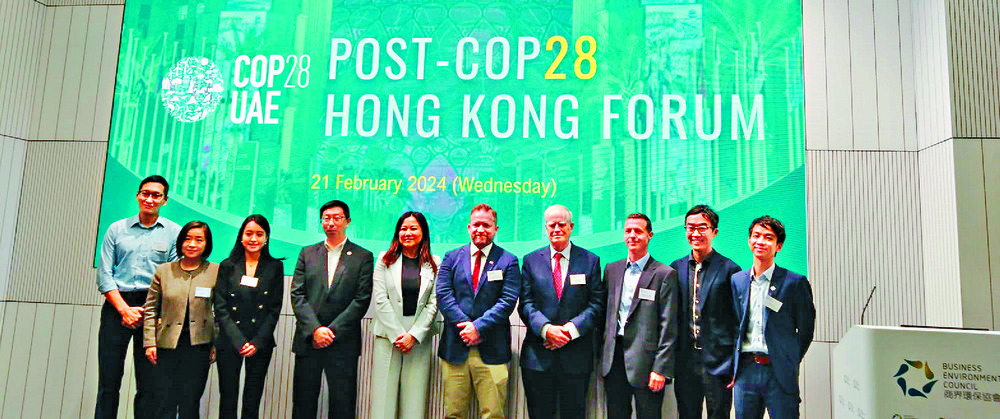
The Standard: Hong Kong’s engineers are hoping that a new technology hub destined for the Northern Metropolis will blaze a green trail by becoming the first place in the city to use a microgrid.
Microgrids connect a small network of users with power sources that are usually attached to a main grid but are able to function independently.
By drawing on renewable energy sources, they can help cut carbon emissions.
They have been used across the world for some time now, but never in the city.
Now, the Hong Kong Institution of Engineers is studying ways to see if the upcoming San Tin Technopole in the Northern Metropolis can benefit from the use of a microgrid.
This would allow the innovation and technology hub to experiment with and make better use of renewable energy, said HKIEE’s chief executive and secretary Alfred Sit Wing-hang.
It would be an unconventional method of power generation and supply in Hong Kong, where the two power giants CLP Power Hong Kong and HK Electric transmitting electricity via their macrogrid.
A microgrid has its own sources of electricity such as renewable energy supplemented with an energy storage system.
This allows it to disconnect from or connect to the main grid autonomously, depending on technical and economic conditions.
It could also supply power to the main grid in an emergency.
The HKIEE is studying this option with the Hong Kong Polytechnic University and Schneider Electric in the hope that the latest appliances and technologies can be used in San Tin Technopole, where any company can easily adopt the application.
Sit, the former secretary for innovation and technology, revealed the HKIEE’s plan at the Post-COP28 Hong Kong Forum held ahead of Hong Kong Green Week which kicks off today.
Last week, the Town Planning Board agreed to gazette the statutory plans related to San Tin Technopole.
Located between Hong Kong and Shenzhen, it will include 300 hectares for technology purposes and a 338-hectare wetland park, providing about 50,000 homes and about 165,000 jobs.
Commissioner for Climate Change Wong Chuen-fai said the government and CLP are looking at building a new power facility to receive renewable energy in Tseung Kwan O and a solar project in a reservoir.
Meanwhile, Mark Chen, executive lead and chief technology officer at Neuron Operations, a subsidiary of Arup, said there are many new technologies available but Hong Kong is limited by their high costs and limited land.
Buildings account for 90 percent of Hong Kong’s total power consumption, and over 60 percent of carbon emissions come from electricity.
Chen also revealed that the headquarters of the Electrical & Mechanical Services Department and other government buildings have been retro-commissioned.
While energy retrofits involve corrective action to improve consumption and performance, retro-commissioning involves verification to reach the intended function where old and new appliances are used at the same time and reach a certain degree of performance.
He also revealed that many Middle East and Southeast Asian nations which do not have proper green regulations could be looking at Hong Kong as a reference point for such rules and therefore the city has the opportunity to export new technologies for green buildings.
With Canada set to follow the European Union’s lead and impose a carbon border tax, Grace Hui Suk-han, an adjunct professor of division of environment and sustainability at the Hong Kong University Science Technology, said Hong Kong should also consider this option.
The EU’s Carbon Border Adjustment Mechanism put a price on the carbon emitted during the production of carbon intensive goods entering the EU.
The forum was organized by The Business Environment Council, Civic Exchange and the HKUST’s Institute for the Environment and Division of Environment and Sustainability.
Originally published on The Standard on 26 Feb 2024.